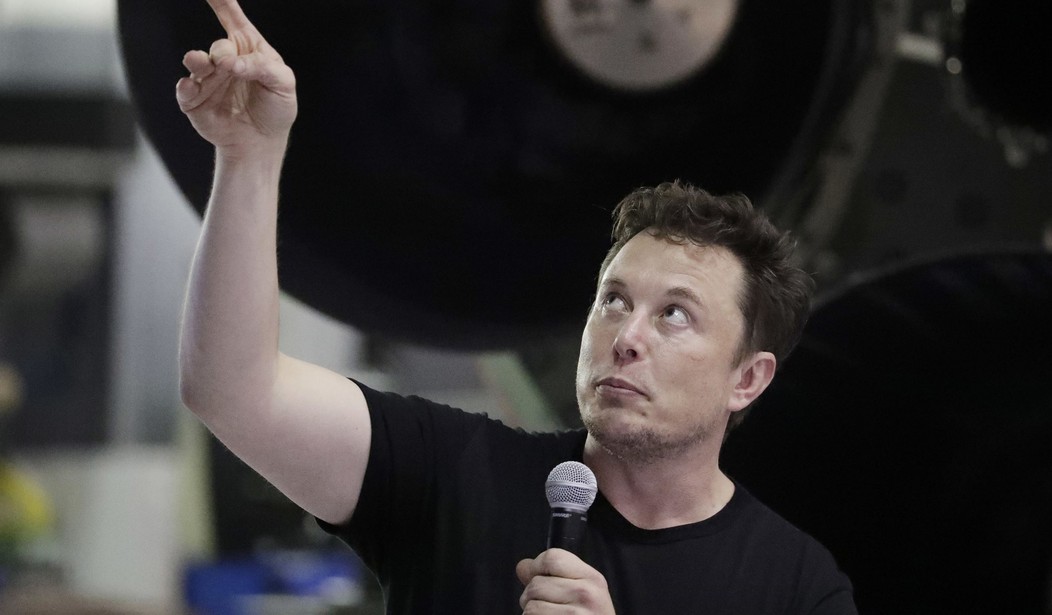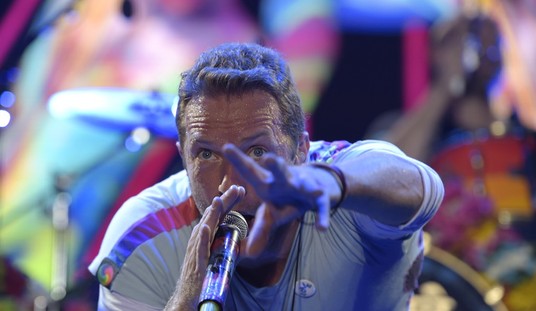Yesterday I looked at the reports of a Tesla Model S that crashed into a tree in Texas and burst into flames. Two passengers died in the accidents and local authorities concluded that the car must have been in self-driving mode because nobody was in the driver’s seat when the wreck was examined. That explanation is being denied by Tesla (and SpaceX) owner Elon Musk, who claims that the car couldn’t have been running on autopilot at the time for a number of reasons.I have to admit, he makes a compelling case, but that still leaves a few very troubling questions unanswered. (Axios)
Tesla CEO Elon Musk tweeted on Monday that “data logs recovered so far” show the car’s Autopilot feature was not enabled — and it did not have access to “full self-driving mode” — in the deadly crash in Texas involving the company’s electric vehicle.
Background: Local investigators said they believed the car was operating without anyone in the driver’s seat. At the time of death, one man was in the passenger seat, while another was in the rear seat, KPRC 2 reports.
What they’re saying: Musk also said that the Autopilot feature could not have been enabled since the street the car was on didn’t have lane lines, which is required for the feature to activate. (This technology, however, is not perfect.)
Let’s take a look at the arguments that Musk is making. First of all, he’s saying that the data logs indicate that the car in question “didn’t have access” to full self-driving mode. It’s unclear whether that means the owner didn’t purchase that option or if it simply wasn’t accessible at the time and location of the crash. Other owners have pointed out that there has to be a weight on the driver’s seat to engage the autopilot and the driver’s hands have to touch the steering wheel every ten seconds to keep it engaged.
This doesn’t make sense.There are safety measures in place with the autopilot Seat is weighted to
make sure there is a driver ,hands must be on steering wheel every 10 seconds or it disengages.
Autopilot doesn’t go over the speed limits oover limit isi mpossible… Research pls— Ahmad A Dalhat (@Amart15416132) April 18, 2021
It’s also being pointed out that the autopilot won’t engage if there are no traffic lines painted on the road, though that feature is reportedly a bit dodgy. Assuming that all or any of these things are true, then the conclusion by local officials that there was nobody in the driver’s seat can’t be accurate. That doesn’t mean that the “driver” didn’t try to engage the autopilot, but the empty-seat theory looks kaput. So how did the owner wind up in the passenger seat? If he wasn’t wearing a seatbelt, I suppose the impact of the crash could have thrown him over there. Alternately, he may have been in the driver’s seat and survived long enough to crawl over to the passenger seat in an attempt to escape the vehicle but wound up dying there.
Even if we assume this is the case, not all of the questions surrounding this Tesla model are being addressed. First and foremost, how and why did the car’s batteries burst into flames, causing a fire that literally took hours and 20,000 gallons of water to extinguish? Running your car into a tree should, depending on the speed, be a totally survivable accident if you have seatbelts and airbags. We’ll need to wait for the autopsy results, but it’s possible that the two men died from some combination of burns or smoke inhalation. If so, these Tesla Model S cars still may not be safe enough to drive.
Also, while not exactly a safety issue, are these vehicles really capable of fully autonomous driving as the advertising suggests? If you have to not only be in the seat but have your hands on the steering wheel every ten seconds, you might as well just be driving the car yourself. Why pay that much more money for an “autonomous” vehicle if it’s not freeing up your time to do something else, even if it’s just taking a nap? That doesn’t sound like a very honest advertising campaign to me.
Before closing, I just wanted to point out another quirky report from an owner of a Tesla Model S. It seems that this guy’s Tesla kept slamming on the brakes for no reason every time he was driving down one particular stretch of road. After that happened a few times, he finally discovered the reason. A billboard had been erected off to the side of the road with a picture of a stop sign on it. The car saw the picture and interpreted it as an actual stop sign and halted in the middle of the road. It sounds like this technology still has more than its share of bugs to be worked out for a vehicle that’s already being sold on the open market.
@karpathy @elonmusk @DirtyTesla here is a fun edge case. My car kept slamming on the brakes in this area with no stop sign. After a few drives I noticed the billboard. pic.twitter.com/DbANt4yVHG
— Andy Weedman (@andyweedman) April 14, 2021








Join the conversation as a VIP Member